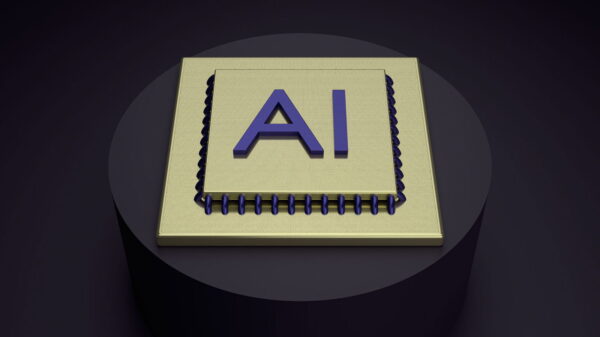In an exciting development for job seekers in Punjab, researchers from Presidency University have introduced JobSphere, an AI-powered career assistant designed to enhance the user experience on the Punjab government’s PGRKAM employment platform. This innovative tool addresses common challenges found in government employment websites, such as complicated navigation, limited language options, and a lack of personalized guidance, ultimately making job opportunities more accessible to a diverse population.
JobSphere employs advanced Retrieval-Augmented Generation (RAG) techniques and supports multiple languages, including English, Hindi, and Punjabi. This multilingual capability significantly broadens accessibility, allowing a wider range of users to benefit from its features. The system has demonstrated high factual accuracy, with experiments revealing a remarkable 94% accuracy rate in responses and an impressive median response time of just 1.8 seconds.
Technical Innovations Behind JobSphere
The development of JobSphere signifies a methodological leap in providing accessible employment resources on the PGRKAM platform. The design leverages the Llama 3.2 3B language model, which is efficiently deployed on consumer-grade GPUs using a 4-bit quantization technique. This method drastically reduces memory requirements and implementation costs by 89% compared to traditional cloud-based solutions, all while maintaining robust performance.
One of the standout features of JobSphere is its voice-enabled functionality, which allows users to interact with the system hands-free. Additionally, the team has automated test generation from previous exam papers, drastically reducing the time needed to create mock tests. This automation incorporates techniques like Named Entity Recognition (NER) and Part of Speech (POS) tagging, achieving an 85% accuracy rate in extracting relevant information.
See also Australia Mandates AI Training for 185,000 Public Servants to Enhance Service Delivery
Australia Mandates AI Training for 185,000 Public Servants to Enhance Service DeliveryJobSphere also employs real-time web scraping techniques for up-to-date job listings, using tools such as Selenium and Beautiful Soup to navigate anti-bot measures. Furthermore, its resume parsing capabilities convert unstructured documents into structured profiles with a commendable 92% accuracy, utilizing contextualized word embeddings and machine learning classifiers.
Enhanced User Experience and Future Directions
JobSphere’s job recommendation system features a two-stage architecture that translates embeddings and uses a gradient-boosted tree ranking mechanism. This system also integrates FastAPI for asynchronous APIs, Pydantic validation, and React 18 for rendering, ensuring scalability and efficiency. The backend algorithms are built on established data structures like B-trees and hash tables, further enhancing performance and scalability.
User evaluations indicate a substantial improvement in usability, with a reported 50% increase compared to the existing PGRKAM platform, measured using the System Usability Scale. However, the researchers acknowledge ongoing challenges, particularly in refining resume parsing and expanding the mock test database. Future developments will aim to enhance these features and explore personalized career guidance based on user profiles and skills.
In summary, JobSphere is a significant advancement in government employment platforms, addressing accessibility and usability challenges faced by job seekers in Punjab. Its integration of AI technology not only increases efficiency and reduces costs but also fosters a more inclusive job-seeking environment. As the landscape of employment assistance continues to evolve, innovations like JobSphere are poised to play a pivotal role in connecting individuals with reliable government job opportunities.







































































